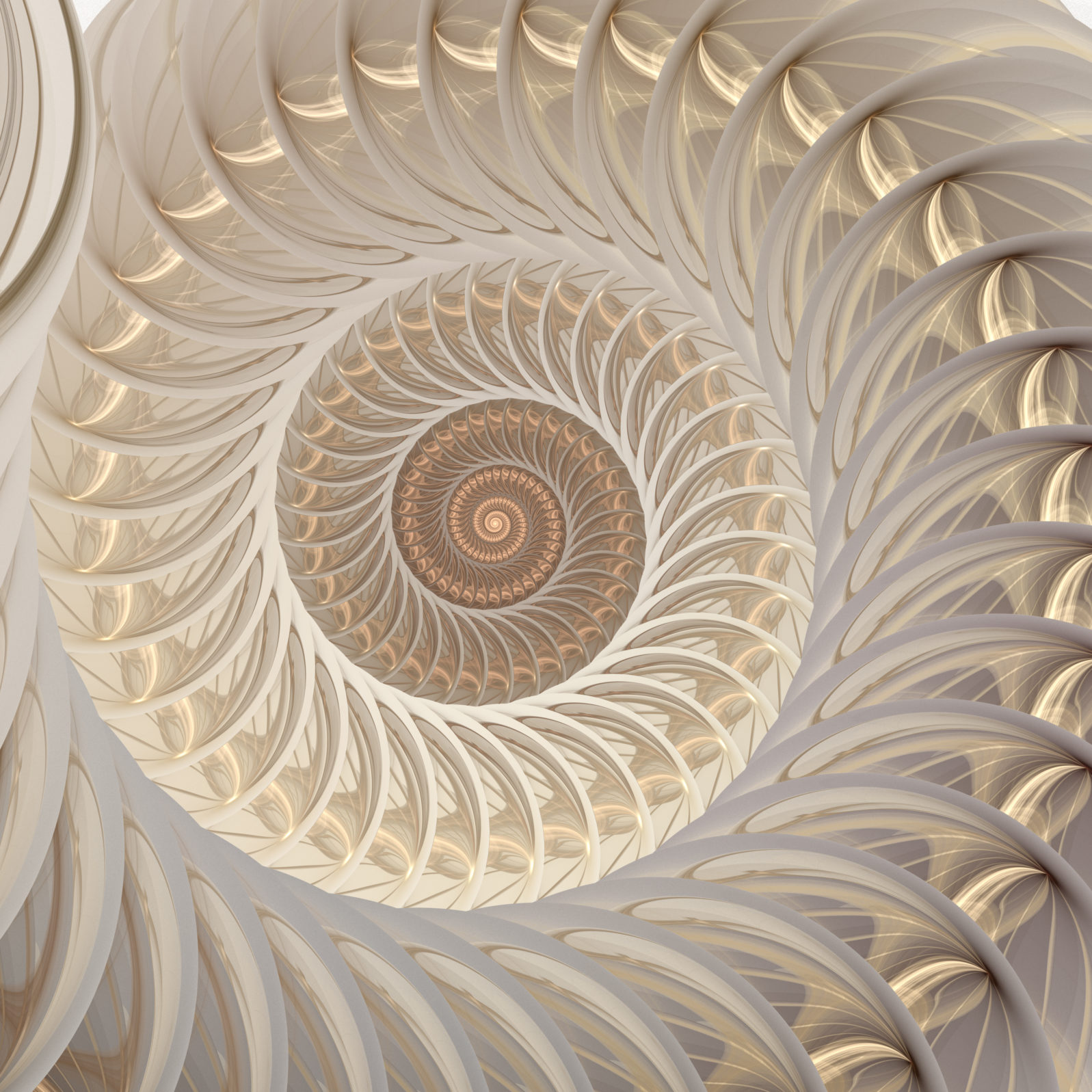Quantum Theory of Consciousness Gains Support From Recent Study
The researchers were testing principles that underpin the Penrose–Hameroff theoryCristiane de Morais Smith, a condensed matter physicist at the University of Utrecht in Belgium, has teamed up with colleagues from China led by quantum physicist Xian-Min Jin at Shanghai Jiaotong University to test principles that underpin a quantum theory of consciousness.

Many dismiss the idea, originally proposed in the Nineties by Roger Penrose and Stuart Hameroff, because it is assumed that quantum mechanical laws (as opposed to classical physics laws) apply mainly at very low temperatures, for example at – 272 C, which is just below – 273 (absolute zero, when all classical movement stops). De Morais Smith and Xian-Min think, however, that they may have come a bit closer to validating the idea:
Our brains are composed of cells called neurons, and their combined activity is believed to generate consciousness. Each neuron contains microtubules, which transport substances to different parts of the cell. The Penrose-Hameroff theory of quantum consciousness argues that microtubules are structured in a fractal pattern which would enable quantum processes to occur.
Fractals are structures that are neither two-dimensional nor three-dimensional, but are instead some fractional value in between. In mathematics, fractals emerge as beautiful patterns that repeat themselves infinitely, generating what is seemingly impossible: a structure that has a finite area, but an infinite perimeter.
This might sound impossible to visualize, but fractals actually occur frequently in nature. If you look closely at the florets of a cauliflower or the branches of a fern, you’ll see that they’re both made up of the same basic shape repeating itself over and over again, but at smaller and smaller scales. That’s a key characteristic of fractals.
Cristiane de Morais Smith, “Can Consciousness Be Explained by Quantum Physics? New Research” at Singularity Hub (July 25, 2021) The paper requires a subscription.
Through experiments with photons, they found that “quantum fractals actually behave in a different way to classical ones. Specifically, we found that the spread of light across a fractal is governed by different laws in the quantum case compared to the classical case.”
De Morais Smith is wisely cautious about what that proves; it demonstrates that there is a basis for further pursuit of the idea that consciousness relates to quantum processes. Certainly, the research group’s approach compares favorably with approaches assuming that human consciousness doesn’t really exist or that it can easily be explained as an evolutionary advantage. If a human level of consciousness, irrespective of how it occurs, were simply an evolutionary advantage, like claws, teeth, or hibernation, we might expect it to be frequent in the animal world. But it isn’t; it is unique.
This will surely be a most interesting discussion.
You may also wish to read: Will we soon be able to test theories of consciousness. Proponents of two leading theories of consciousness are trying to develop tests for their models, in a hitherto baffling field.
